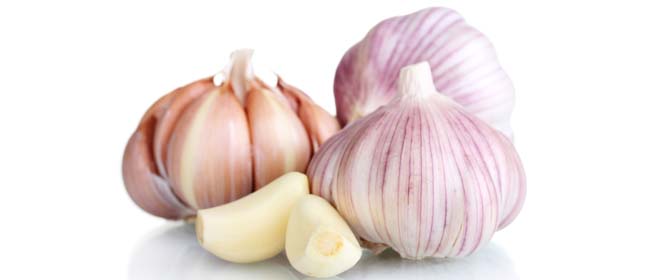 The shortest day may have passed, but you can still plant garlic now in the southern hemisphere. In fact, you can do so up until August. The main point is that garlic requires a decent winter chill to initiate bulbing. But if you still haven’t planted yours by August, don’t worry. Pop the bulbs in the fridge for a few weeks before planting out.
The shortest day may have passed, but you can still plant garlic now in the southern hemisphere. In fact, you can do so up until August. The main point is that garlic requires a decent winter chill to initiate bulbing. But if you still haven’t planted yours by August, don’t worry. Pop the bulbs in the fridge for a few weeks before planting out.
Planting garlic
You can buy seed garlic from garden centres or you can use organic New Zealand grown bulbs from fruit and veggie shops. Avoid imported garlic, as this is fumigated to stop sprouting. For a tame garlic flavour, try giant or elephant garlic. Funnily enough, it’s not a garlic but a type of leek – but it looks and tastes like garlic, it’s just a little milder. Elephant garlic produces flower stalks, which should be removed so as not to draw energy away from the developing bulbs.
When planting your seed garlic, break off the individual cloves just before planting and use only the fattest ones (you can eat the rest or plant the smaller cloves in another part of the garden and harvest the leaves as you would spring onions), as the bigger the clove the bigger the resulting bulb. Discard any that are damaged or soft.
Plant in a sunny spot in fertile, well-drained soil that has plenty of compost dug in. Garlic doesn’t like wet feet, so plant in raised beds, even containers, if your soil gets soggy.
Push each clove, unpeeled and pointy end up, into the soil about 5cm deep and 10-15cm apart.
Garlic needs ample moisture during its spring growth period for the bulbs to fatten up, so make sure you’re on hand with the hose or watering can if days are dry. As soon as the leaves appear, foliar feed fortnightly for a couple of months, at which time bulbs will be starting to form. Mix 1 tablespoon liquid seaweed and 1 tablespoon fish emulsion with a litre of water and spray. Alternatively, use a liquid fertiliser.
Remove any scapes (flower stalks) that form, as the plant will use up valuable energy to form flowers rather than bulbs. Keep the soil around your garlic well weeded too, as garlic hates competition.
Harvesting and Storage
Garlic is harvested when the leaves start to brown. Usually that’s around mid to late January (midsummer). When the lower leaves are brown but the top five or six are still green, that’s the time to harvest. If you’re uncertain, dig up a bulb to check. Bulbs should be fully mature and a good size. Pick too early and they won’t have grown to their full potential. However, leave them too long and they become inedible.
Harvest on a dry day. Dig the bulbs out gently with a garden fork, but be careful. Bulbs are fragile; any bumps or bruises will cause early decay and loss of quality.
Lightly brush off any soil, then leave the bulbs outdoors in a shaded spot for a couple of days to dry out, or under cover if rain is likely. Don’t leave them in full sun or they’ll cook.
To store your garlic, you need to cure (dry) it for 2-4 weeks first. Either hang them in bunches in a cool, dry place with good ventilation, or place on a mesh rack in a similar situation. Make sure there is adequate airflow and that the bulbs are positioned out of direct sunlight.
Once cured, the stalks can be cut to 1cm from the bulb, or plaited.
Then store in a dry place. Don’t store in excessively cold spots, or in the fridge, as the bulbs will start to sprout. If stored in overly warm spots, the bulbs will dry out and deteriorate.
 My Favourites
My Favourites










Speak Your Mind